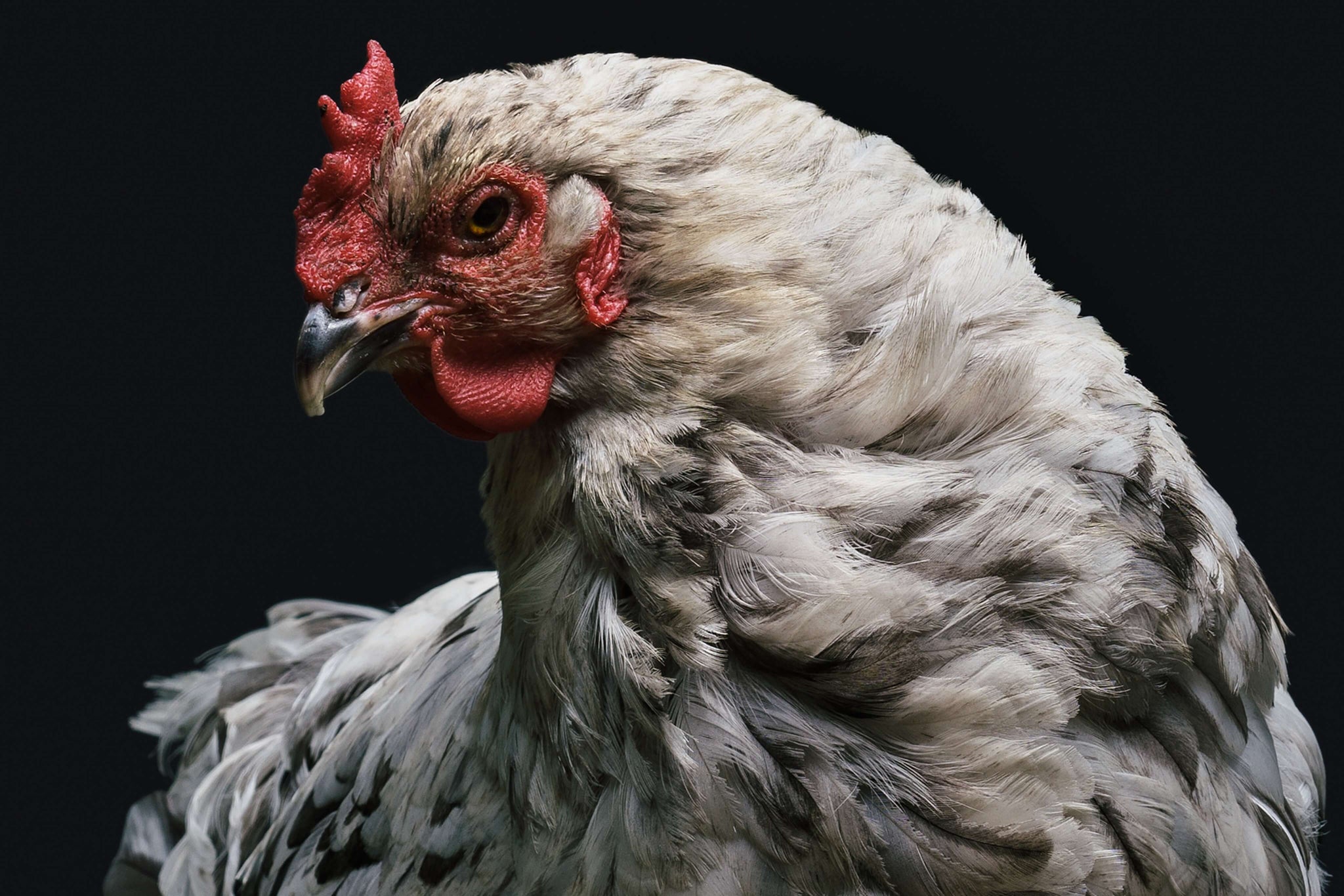4 Chicken Health Problems And How To Fix Them
Chickens are low maintenance, easy-to-keep birds that make your backyard space fun and provide multiple benefits, including a fresh supply of eggs.
But when your feathery friends fall sick, it can get distressing. Seeing the once healthy and happy birds acting lazy and low-spirited isn’t the best sight to behold. However, that’s not much of an issue - you can treat most problems at home all by yourself.
So, let’s talk about the top 4 chicken health problems and how to fix them.
Problem #1: Foot Injuries
Chickens run around and cluck till they exhaust themselves and call it a day - it’s their way of having fun.
But by running here and there, they may develop cuts or other minor injuries on their feet. Though these alone aren’t a problem, they may worsen into infections and hurt them. If pus fills the infection, a condition called Bumblefoot may develop.
How Can I Tell If My Chicken Has A Foot Injury?
Injured chickens spend more time sitting around. When they try to walk, they are unable to put weight on the injured foot. Plus, they act lazy and generally out of sorts.
How Can I Treat A Foot Injury?
You should always keep an eye out for cuts on the feet. If you spot one, wash it with an antiseptic wound wash and slightly bandage it. This will prevent the cut from developing into a more serious infection.
If an infection has already formed, you can cover it with an antibiotic before bandaging. In case the problem doesn’t go away, your chicken may need medical attention to get any pus removed.
Problem #2: Egg-laying issues
One of the most common health problems in chickens is related to egg-laying. And if you’re someone who whips up an omelette for breakfast everyday, you know how upsetting it can be when you’re not getting your supply.
Chickens usually face egg-laying issues because of stress, certain deficiencies in their diet, and infections. To treat the problem, it’s important to diagnose it by looking out for the right symptoms.
Here’s What To Observe
Take it as a red-flag if your chickens are experiencing the following symptoms:
- Trembling wings
- Lazier than usual and reluctant to move around
- Reduced appetite
- Experiencing weakness
- Unusual droppings
How To Bring Back Those Eggs
To improve the situation, you can incorporate sufficient amounts of calcium and protein into your chickens’ diet. An efficient source of these two essentials is Black Soldier Fly Larvae; they provide a variety of nutrients along with calcium and protein to improve your poultry’s health.
In addition, you can supplement their diet with oyster shells and multivitamins.
Problem #3: Picking One Another
Your chickens may start picking on each other’s skin and feathers. If they get a taste of blood, the problem can worsen since chickens are drawn towards the color red.
The best way to avoid this problem is by not letting it happen in the first place. Here’s how you can do so:
- Use a large coop. Overcrowding is one of the most prominent triggers of this cannibalistic behavior in chickens - when they fight for space, they often end up picking on each other.
- Give them enough food and water. Again, this can instigate them to fight amongst one another.
- Do not mix aggressive breeds with your flock.
- Keep injured birds away from the coop.
- Try to reduce stress levels in your chickens.
- Use an appropriate source of lighting; often too much light can instigate chickens to pick on others.
Problem #4: Diseases
Your backyard chickens can contract various diseases. These can be due to certain bacteria, fungi, viruses or parasites. Although some diseases are treatable at home, more severe ones may require a visit to an avian pet.
Chicken Mites
Mites are small insects that suck your chickens’ blood. The most common symptoms of these are red spots on your chickens’ skin.
To treat them, you can use insecticides, such as permethrin or mite sprays. Plus, you can sanitize your chicken coop to protect the other birds and prevent mites from reoccurring in the future.
Avian Flu
Just like you can catch a cold, so can your feathery friends. Symptoms include coughing, sneezing and nasal discharge. Luckily, the solution is easy - get your chickens vaccinated, and they’ll be good to go.
Ringworm
Ringworm is a fungal disease that your chickens can contract. Its visible symptom is the formation of a white, thick layer on their combs. But ringworm is nothing to worry about; it usually heals on its own.
However, you can prevent most diseases in the first place by avoiding overcrowding, adopting sanitary practices and feeding them nutritious, healthy diets.
Conclusion
Your chickens keep your backyard lively and cheerful with their clucks and footprints. Understandably, seeing them ill and lethargic can be sad!
In this article we listed down the most common problems with chickens and provided easy solutions you can implement to solve them.

